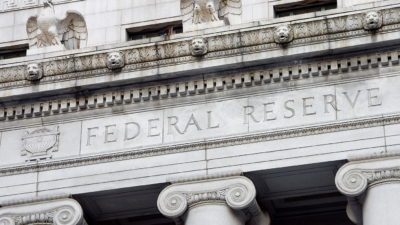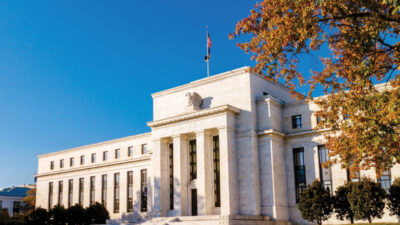The U.S. economy continued to grow during the second quarter, although at a much slower pace than originally expected. While COVID-19 vaccines have been widely available for some time, it is estimated that just 48% of Americans are fully-vaccinated and uncertainty remains around the possibility of another cases surge. In addition, consumer behaviors continue to shift from online ordering to traditional store sales, and the availability of products close to its customer base will continue to drive demand for industrial space to new and emerging markets across the country.

U.S. employment continues to improve as the country recovers from the losses experienced in 2020. June economic indicators were positive and exceeded growth estimates by nearly 150,000 jobs. According to the Bureau of Labor Statistics, the economy added another 850,000 jobs in June to edge the unemployment rate down to 5.9%, down from 11.1% recorded this time last year. More than 22.3 million Americans were laid off at the onset of the pandemic amid government-imposed business restrictions, and the total employment level remains 7.1 million below its pre-pandemic level in February 2020. While significant improvements have been made in employment recovery, the latest numbers bring the total job recovery from the pandemic losses to 15.6 million. Job growth in June included notable job gains in office-using segments, including leisure and hospitality, public and private education, professional and business services, retail trade, and other services. Other sectors directly impacting the industrial market also showed positive momentum, however at a much slower pace, as job gains were also seen in wholesale trade (+21,000), manufacturing (+15,000) and transportation & warehousing (+11,000).
In June, consumer sentiment rose month-over-month, reaching its second-highest level since the start of the pandemic, largely due to the country’s falling unemployment rate. April 2021 recorded the highest reading at 88.3 as vaccination availability increased. According to the University of Michigan Consumer Sentiment Index, consumers expect the economy to continue to gain strength in the year ahead. Pandemic uncertainty led to increased personal savings and consumers are ready to stimulate the economy with those extra reserves. Consumer sentiment measured 85.5 in June, up considerably from 79 at the beginning of the year.
A strong year is also expected for the retail industry as pent-up consumer demand, rising vaccination rates and the reopening of retail establishments continue to drive retail spending. Year-over-year U.S. retail sales increased 28% in May over 2020, yet U.S. retail sales fell 1.3% from April 2021. The last round of federal stimulus checks in March led to a strong first quarter finish; however, that initial fervor has started to wane. Auto sales contributed heavily to the slowdown in May as car sales declined 3.7% month-over-month. Clothing and accessories sales had the highest month-over-month percentage gain at 3%, followed by food and beverage sales rising by 1.8%, and health and personal care sales also increasing 1.8%. According to the National Retail Federation, retail sales are projected to grow between 10.5% and 13.5% at the end of 2021. These retail figures should continue to encourage demand for warehouse distribution space.

Manufacturing production continues to grow, although at a slower pace than earlier in the year, recording growth for the thirteenth consecutive month. The Institute for Supply Chain Management’s Production Manufacturing Index (PMI) registered 60.6 in June, down 0.6 percentage points from May’s reading of 61.2, yet well above June 2020’s reading of 52.6. Record-long raw-material lead times, wide-scale shortages of critical basic materials, rising commodities prices and difficulties in transporting products continue to affect all segments of the manufacturing economy. Nevertheless, the outlook for manufacturing remains optimistic, yet labor shortages and supply chain challenges continue to stifle strong sector expansion.
Overall, while still positive, these economic readings could signal a general slowdown of expansion that is more due to staffing shortages and rising costs than a decrease in demand. Demand for goods remains high, which in turn leads to strong market fundamentals that impact industrial real estate. Developer pipelines remain at an all-time high in an effort to keep up with current demand. Yet, high material costs and supply chain issues, including rising gas prices, could hinder the industrial outlook in the near term.

 U.S. National Research
U.S. National Research
 Steig Seaward
Steig Seaward
 Aaron Jodka
Aaron Jodka